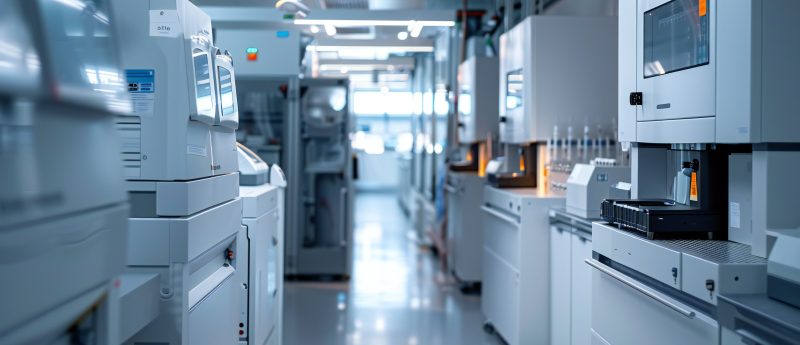8. Last year, 81% of respondents to our HRMS Spotlight survey believed that HRMS quantitative and qualitative analysis would increase. What are your opinions on the future of HRMS?

Bertrand Rochat: “81% of responders believing that both quantitative and qualitative analysis performed by HRMS will increase is of great importance because, for their survival, MS manufacturers have to answer customers’ needs. Manufacturers have also to change their production line, to show that HRMS are user-friendly and robust for non-specialists and for routine analysis. The marketing of the MS manufacturer is changing slowly but surely: now, promotion for the quantitative capabilities of their HRMS instrument is better, and more affordable HRMS equipment is available. Soon, the opinion that QQQ–MS is for quantitation and HRMS is for qualitative (research/discovery/identification) will be seen as obsolete.”
Diego Cortes: “There is very large and well-established base of QQQ instruments, with many experienced users routinely carrying out high sensitivity targeted analysis. With a long view towards the future, is likely that HRMS-based systems, especially hybrid or tandem (i.e., Q-Orbitraps and Q-Tofs) will take over a significant share of both large and small molecule bioanalysis applications. How fast this will occur is uncertain. However, it seems doubtful that QQQ instruments will be completely replaced. A switch to HRMS is more than a change in equipment; laboratories would also need to change their current workflows. A mix of HRMS and QQQ instruments is more likely, with each platform being applied to cost-effectively obtain the desired measurements.”
Graeme Clark: “As the linear dynamic range lowers limits of detection and price brackets now rival triple quadrupoles, I believe the uptake of HRMS will continue to increase. Modern HRMS ability to collect not only MS but MS/MS (of all analytes) in UPLC timeframes will continue to supply more and more information to the scientist and provide a complete ’answer’ the questions they are asking.”
Ian Edwards: “I think the future is bright for HRMS. I believe the technology will diverge along two routes. As some applications become routine and analytical performance requirements plateau, more emphasis will be placed in development on making the systems easier to use – opening up accessibility to non-experts and mitigating the risk of losing ’trained’ hands during critical projects. Ion mobility, as an example, combined with mass detection is a powerful combination that has become a routine option today providing improved spectral clarity when making assignments of data points, for example, metabolite identification in complex matrices. At the other end of the scale, newer systems with higher performance capabilities to solve harder to answer research questions will continue to emerge.”
Scott Summerfield: “Almost certainly, the utilization of HRMS will increase because instrument performance is improving rapidly in terms of sensitivity, dynamic range and speed. Small molecule bioanalysis is likely to focus on TOF-MS because the resolution achievable on these systems fits well with the masses of small molecule drugs. It’s likely that surrogate peptide bioanalysis [of protein therapeutics]be performed on TOF-MS systems as well because of the modest instrument cost. But larger molecular species, such as IdES clipped fragments, might require higher resolution ion trapping systems.
Like always, the time and effort dedicated to the evolution new instrument modalities are driven by what the manufacturers see from industry; the more we use HRMS, the more opportunity they will recognize for future sales growth and in turn drive toward new innovations. But there is an emergent issue in bioanalysis around the balance of work supported internally and externally at CRO. For many companies, CROs are the ‘majority shareholder’ with respect to bioanalytical support. If Pharma doesn’t generate more early HRMS methods to transfer then it’s hard for CROs to ‘jump first’ in the face of huge regulatory headwinds.”
Timothy Garrett: “I see it continuing to gain ground and used in a wider number of applications as instruments get cheaper.”






